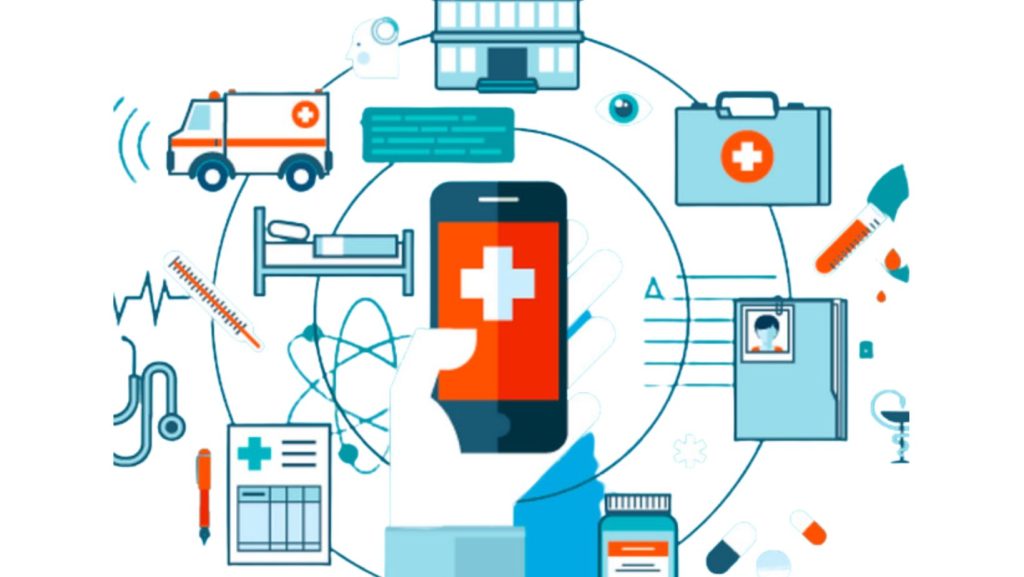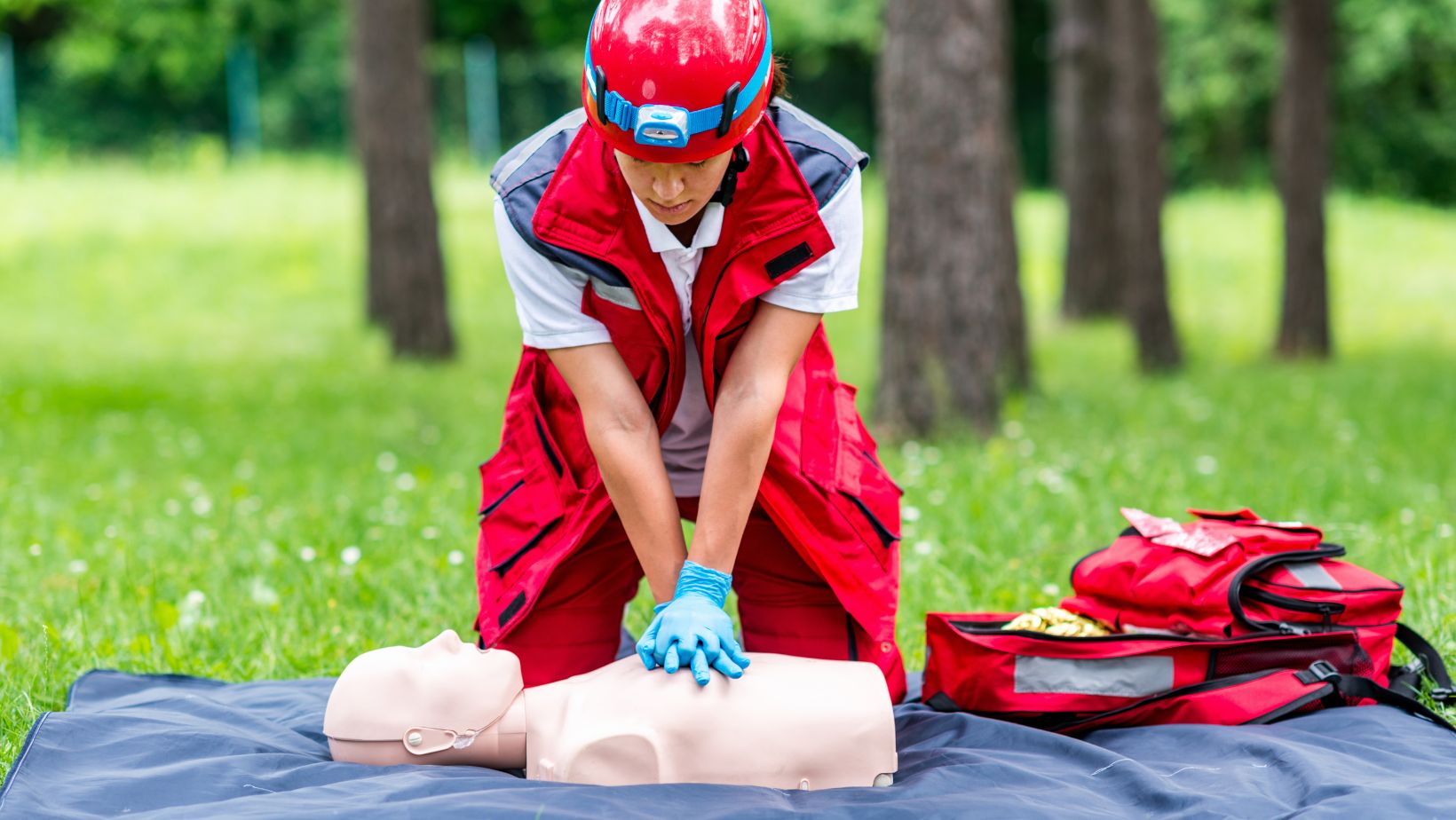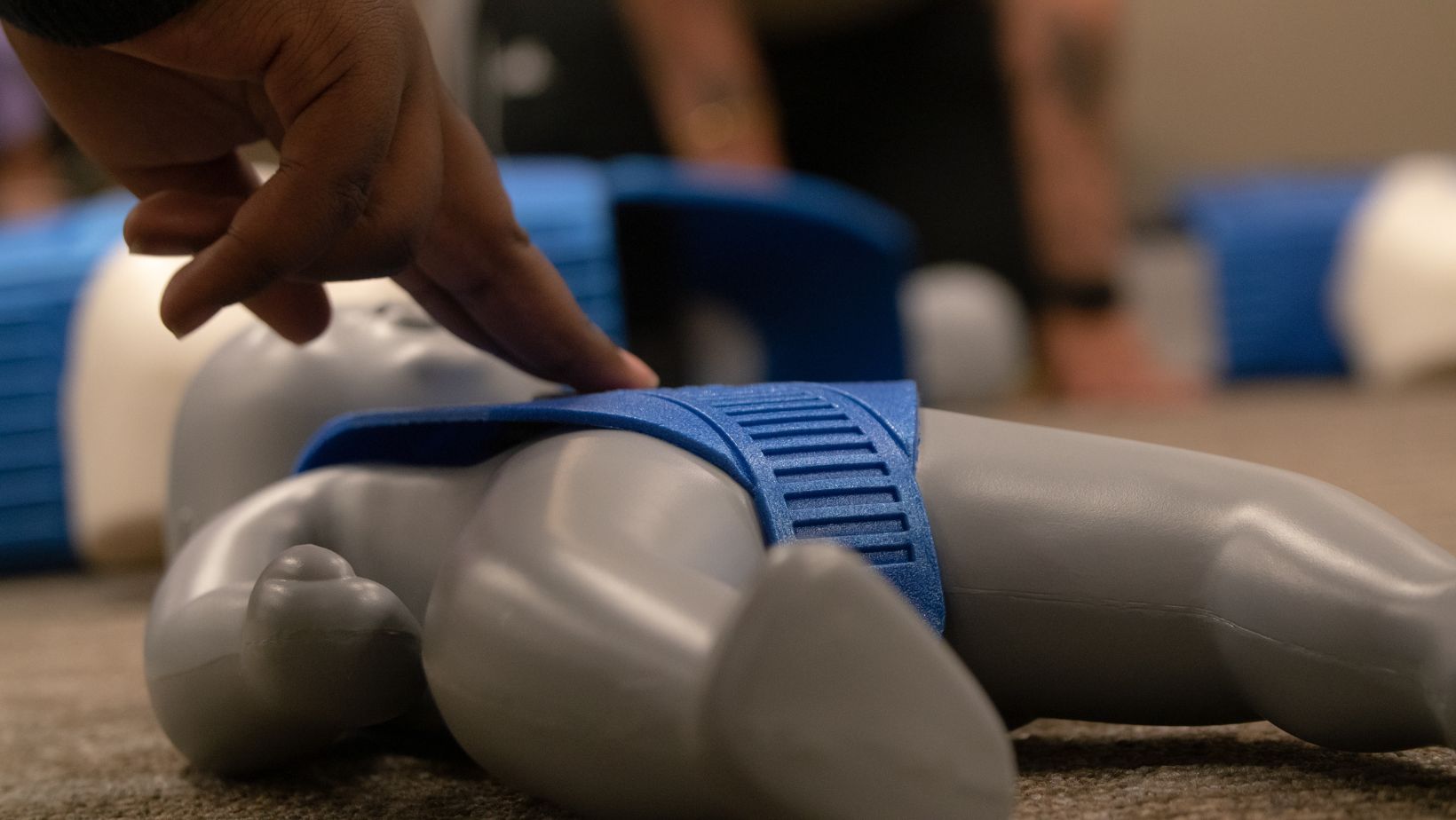
Cardiopulmonary Resuscitation (CPR) is a life-saving technique that gives people the know-how and capacity to act appropriately in emergency situations, such as cardiac arrest. Maintaining a safe and healthy workplace requires not just performing CPR but also knowing the basics of the Health Insurance Portability and Accountability Act (HIPAA) and using Automated External Defibrillators (AEDs). This in-depth manual seeks to examine the value of CPR certification, the steps involved in earning it, the necessity of HIPAA training, and the function of AEDs in emergency scenarios.
The Value of Having a CPR Certification
A medical emergency such as cardiac arrest can strike anybody, anywhere, at any time. Under these circumstances, quick thinking and decisive action are essential. CPR is a life-saving procedure used to keep essential organs’ blood flow and oxygen supply intact until trained medical assistance can be summoned. A CPR certification equips people with the information and abilities needed to react to emergencies with competence and confidence, possibly saving lives.
Obtaining CPR Certification
How to become CPR certified? Nowadays, there are several organizations that provide CPR courses. The purpose of these courses is to instruct participants in the proper use of automated external defibrillators (AEDs), rescue breathing procedures, and chest compression techniques. Usually, courses are offered to laypeople, healthcare professionals, and people in particular age ranges.

Both academic knowledge and practical experience are included in the training program to make sure learners are prepared to act appropriately in everyday circumstances. A person’s CPR certification often has a set expiration date. To keep current with the most recent protocols and methods, a person must renew their certification through refresher training.
Comprehending HIPAA Instruction
Compliance with the Health Insurance Portability and Accountability Act, or HIPAA, is essential. It was passed in order to shield people’s protected health information (PHI) from prying eyes. Administrative personnel, medical practitioners, and anybody else having access to patient data must complete HIPAA training.
HIPAA training addresses issues including patient rights surrounding their health information, security precautions, confidentiality, and the value of privacy. By guaranteeing adherence to regulations, this training helps prevent illegal access, use, or disclosure of PHI by healthcare practitioners and staff. Complying with HIPAA laws guarantees compliance and promotes a respectful and trusting environment in healthcare settings.
External Defibrillators That are Automated (AEDs)
In situations of abrupt cardiac arrest, an Automated External Defibrillator (AED) is a portable device that shocks the heart with electricity. AEDs are easy to use and made so that even non-trained people may use them. On the other hand, appropriate training raises the likelihood of a successful outcome during crises and improves the effectiveness of using AEDs.
Topics such as identifying cardiac arrest, placing an AED correctly, and operating the device step-by-step are often covered in AED training. It is critical to realize that CPR is the best course of action when using an AED. As a result, people who have received their CPR certification are frequently more equipped to utilize AEDs effectively.
Having an AED, receiving HIPAA training, and being certified in CPR are essential for building a community that is ready for emergencies. Having these credentials and abilities can be extremely beneficial in emergency situations, whether you are a concerned citizen, employee, or healthcare provider.
Attending CPR certification courses gives people the skills and assurance they need to handle cardiac emergencies. The security and privacy of patient health information are also maintained by knowing and abiding by HIPAA laws. Ultimately, knowing how to use an AED properly can make all the difference in saving a life during a sudden cardiac arrest.
In conclusion, a well-rounded approach to disaster preparedness is created by the combination of CPR certification, HIPAA training, and AED awareness, which promotes a safer and more resilient society.













